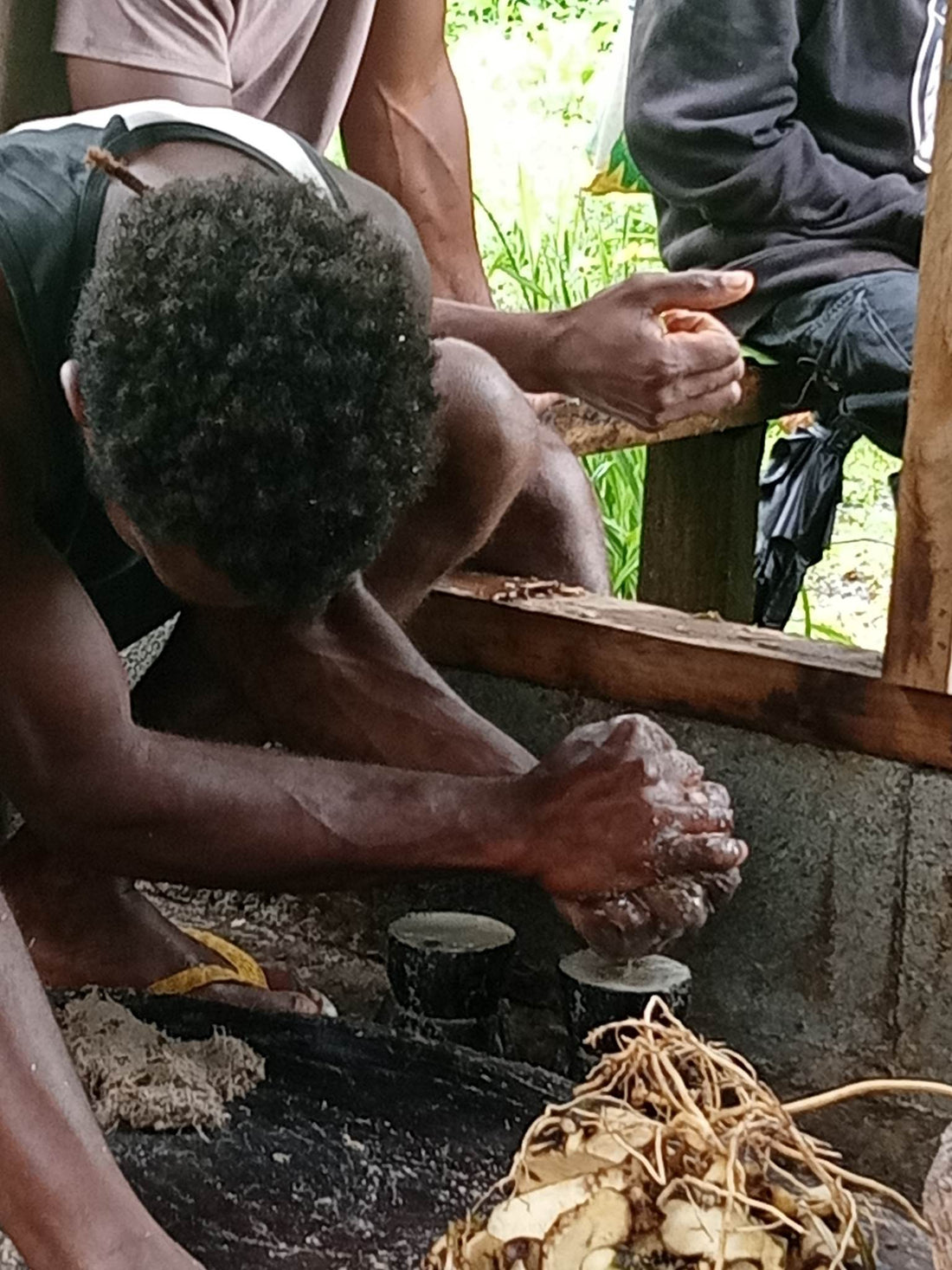Vanuatu kava, a sacred drink with rich cultural and ceremonial history throughout the Pacific Islands, has been captivating people for centuries. Let's delve into the world of this mystical elixir and uncover the truth behind the myths surrounding it.
What is Vanuatu Kava?
Vanuatu kava is a traditional beverage made from the roots of the kava plant. This plant, scientifically known as Piper methysticum, is native to the South Pacific islands, where it grows wild on volcanic tropical islands and is integral for its medicinal properties and for its cultural and ceremonial significance in village life for hundreds of years.
Dispelling Myths About Kava
Despite its long-standing cultural significance, kava has often been misunderstood in the Western world. One common myth is that kava is a hallucinogenic substance, which is far from the truth. Kava also contains no alcohol, and is not a fermented product. The therapeutic properties of the Kava is in the root of the plant and is derived from its natural kavalactones. As a natural relaxant it promotes a sense of calm and relaxation without impairing cognitive function.
The Incredible Benefits of Kava
Vanuatu kava offers a wide range of benefits, from reducing anxiety and stress to promoting better sleep and relaxation. Its calming effects make it a popular alternative to prescription medications for those seeking a natural remedy for their ailments.
How Vanuatu Kava is Made
The process of making traditional Vanuatu kava is a meticulous one that involves harvesting the roots of the kava plant, grinding them into a fine wet mash, and then mixing it with water to create a potent brew. The traditional method of preparing kava involves a ceremonial process that honors the plant's sacred nature. In Ambae, an island in Vanuatu, ceremonial attribution is offered to the gods by spilling a small amount of kava on the soil before announcing "Malok" ent
```
